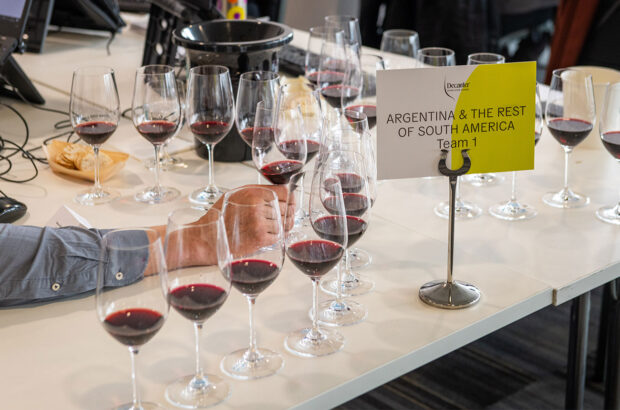As the Lafite auction at the end of October continues to reverberate around the world, all eyes are on which Bordeaux chateaux are likely to follow Lafite and its peers into the cellars of wealthy Chinese collectors.
Beychevelle: ‘Chinese dragon boat’
Already the other First Growths – and their second wines – have seen a positive effect on their prices, with most trading at around 20% more than before the auction.
In Bordeaux, there is some uncertainty over which wines will be the next to attract attention.
‘You can’t say that all the Super Seconds are next in line,’ Jean-Pierre Rousseau, managing director of negociant Diva told decanter.com, ‘but there are certainly a few labels that are attracting serious interest.’
He cites Chateau Beychevelle and Chateau Lynch Bages as the two most obvious beneficiaries, with Chateau Leoville Poyferre and Chateau Pontet Canet as ‘good outsiders’.
Simon Staples at Berry Bros in London said, ‘It is very difficult to second guess the market, but every vintage from the 2000 onwards of Lynch Bages has moved upwards over the past few months. Even the 2007 is reaching around £800 a case, while a year ago you could have picked it up easily for £400. We are unlikely to see another opening price below the level of 2009.’
There are various reasons why the estates succeed with the Chinese market, but labels are certainly of key importance. Jeannie Cho Lee, Decanter’s Asia contributing editor, said, ‘Chateaux like Beychevelle have succeeded because of their easy-to-remember and familiar label: the boat on the label closely resembles Chinese dragon boats.’
Leoville Poyferre also has a dragon symbol on its label, Rousseau points out.
Cho Lee added that prices for both Mouton 2008 and Lafite 2008 rose sharply after their packaging clearly reached out to China’s growing wine lovers.
Lynch Bages, in contrast, is thought to have a strong image due to the extensive efforts made by the Cazes family in the region, with Jean Michel Cazes one of the first Bordeaux owners to visit China in the 1980s.
Of course, quality also pays a major part: ‘Pontet Canet is increasingly recognised for the strength of its wine,’ Rousseau told Decanter.com.
In China, many merchants and observers are quoting Cos d’Estournel, Palmer – and Beychevelle – as the more affordable prestigious red Bordeaux gaining popularity.
According to Don St Pierre Jr of importers ASC, other wines that should be watched are Angelus, Palmer, Rauzan-Segla, Gruaud Larose, Lagrange, Pontet Canet and Smith Haut Lafitte.
Of those, Cho Lee notes, only one – Angelus – is on the right bank. She suggests that success in the Chinese market rests on a couple of simple propositions..
‘Chateaux like Lynch Bages and Cos d’Estournel succeeded by being present in the market and forging personal relationships with end consumers.
‘What is clear is that the more affordable Bordeaux chateau which may inherit the Lafite halo will be from the left bank, have a memorable label with some connection to China, and connect with their Chinese customers.’
Written by Jane Anson in Bordeaux, Adam Lechmere, and Jeannie Cho Lee in Hong Kong







